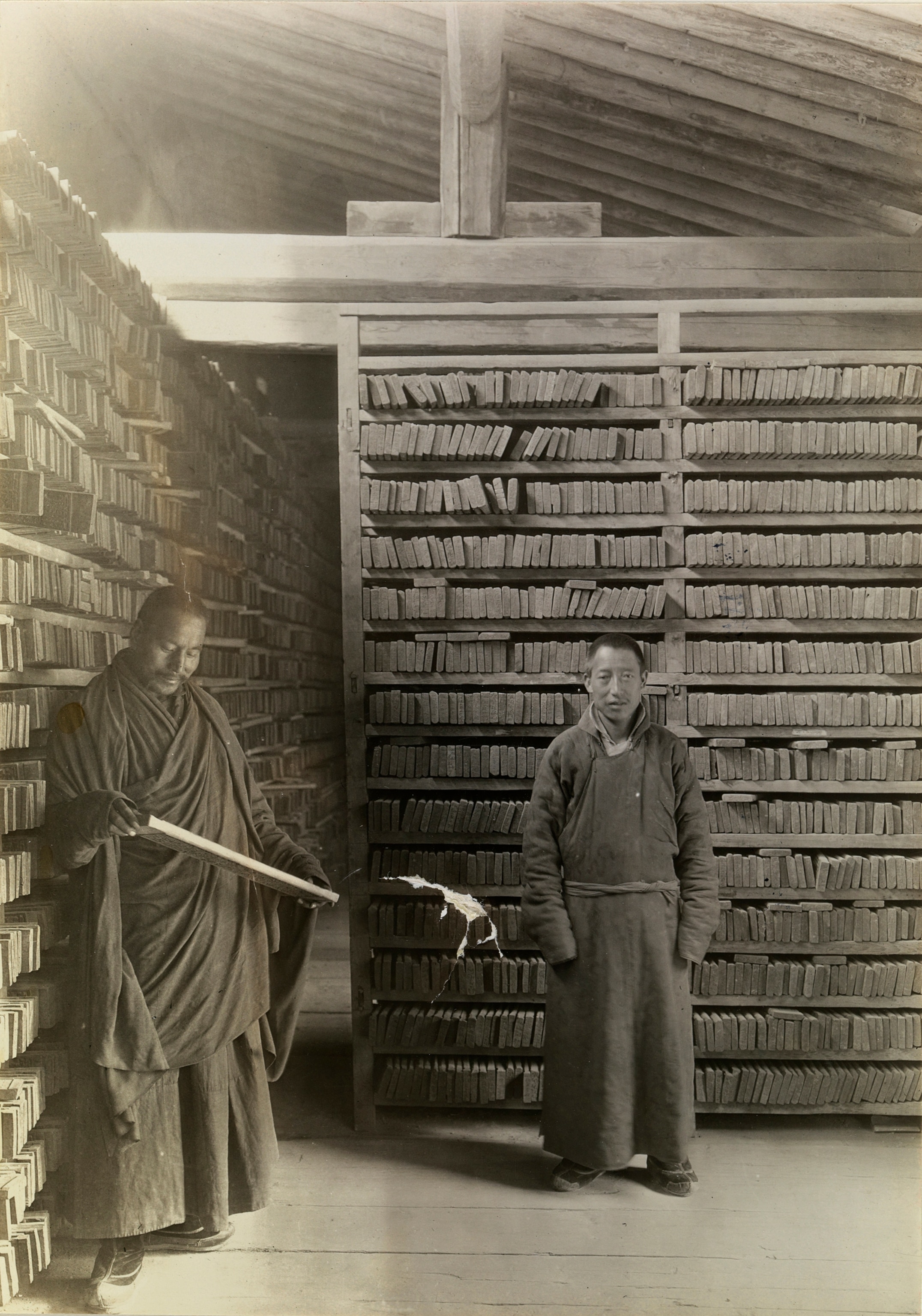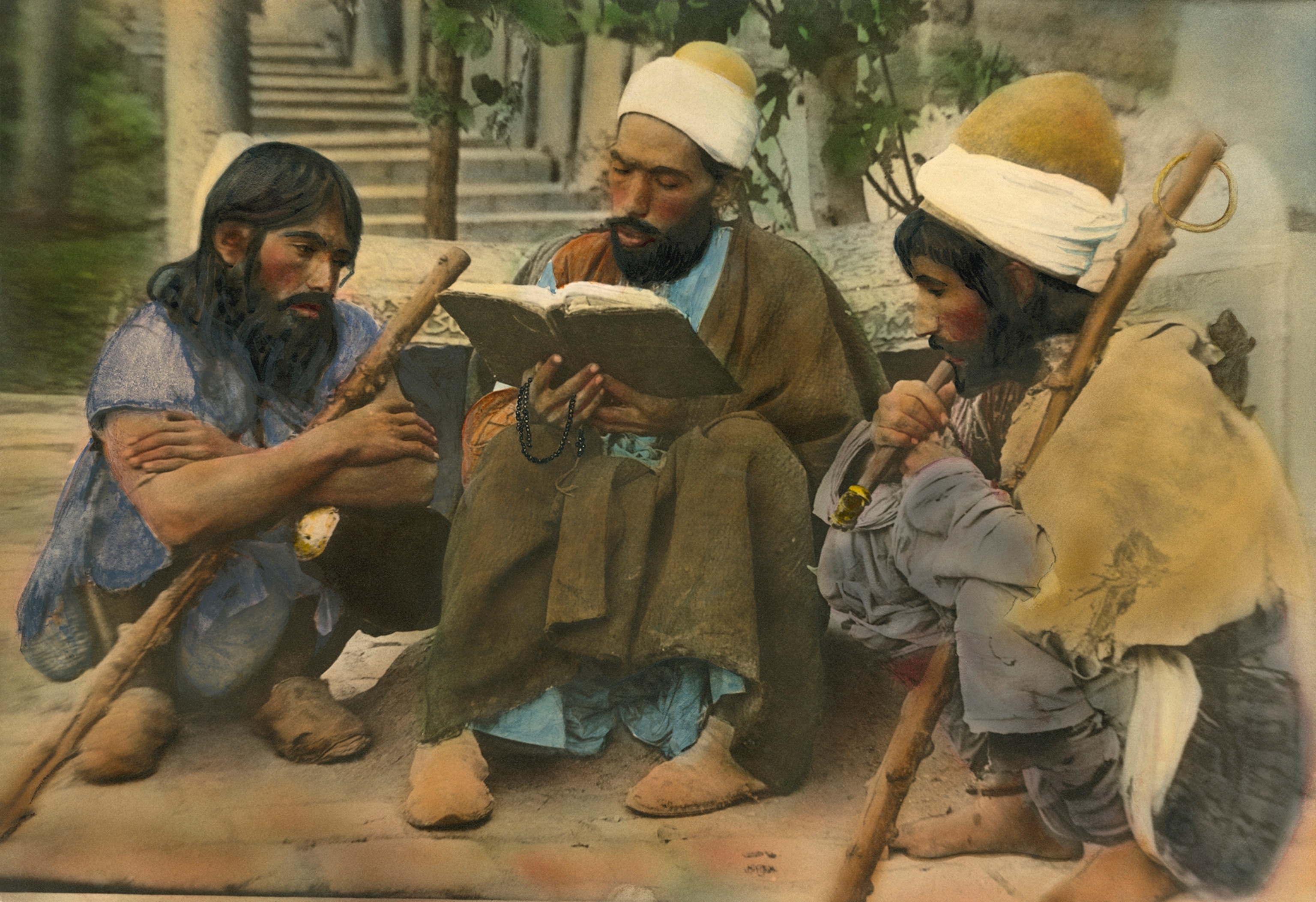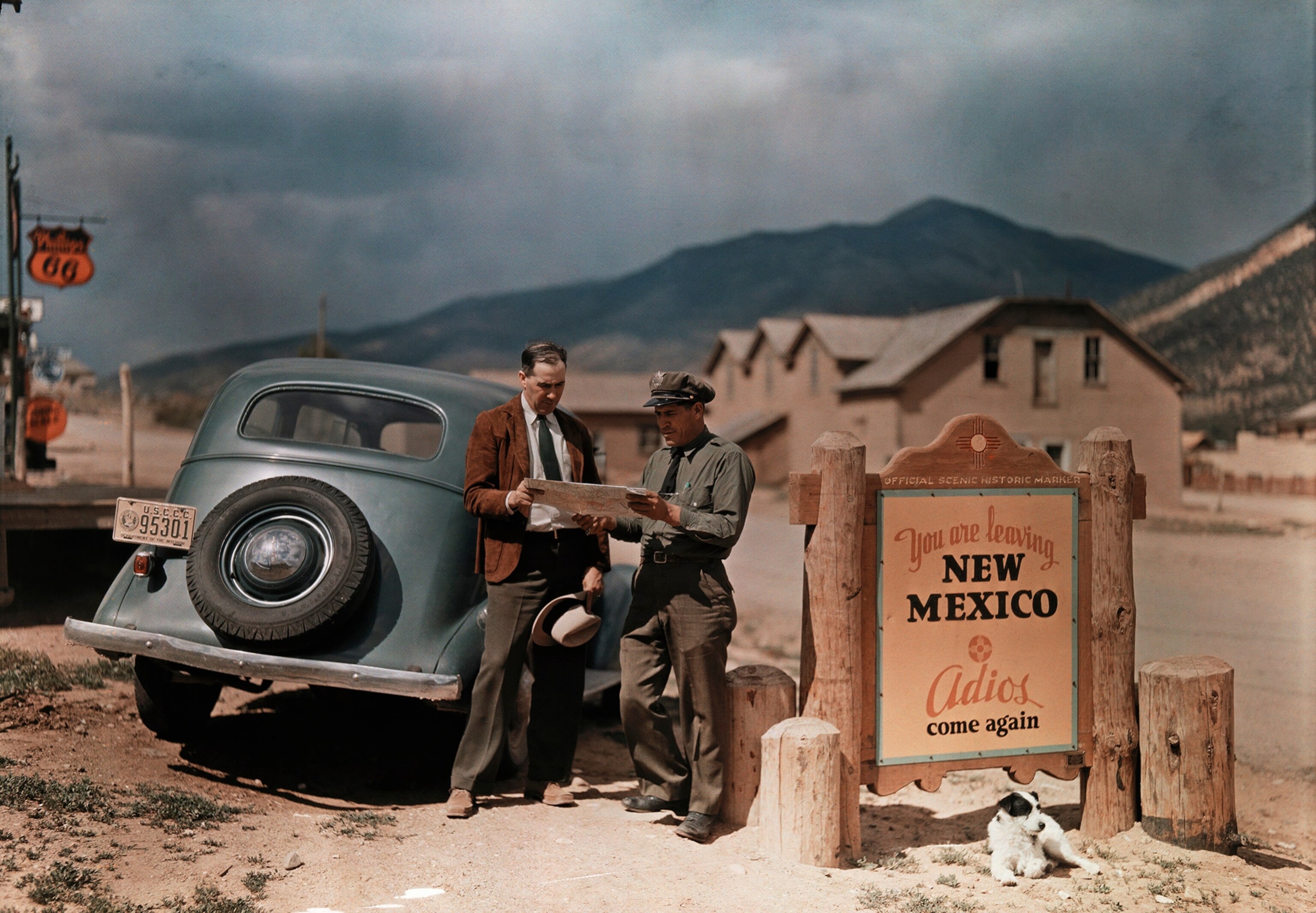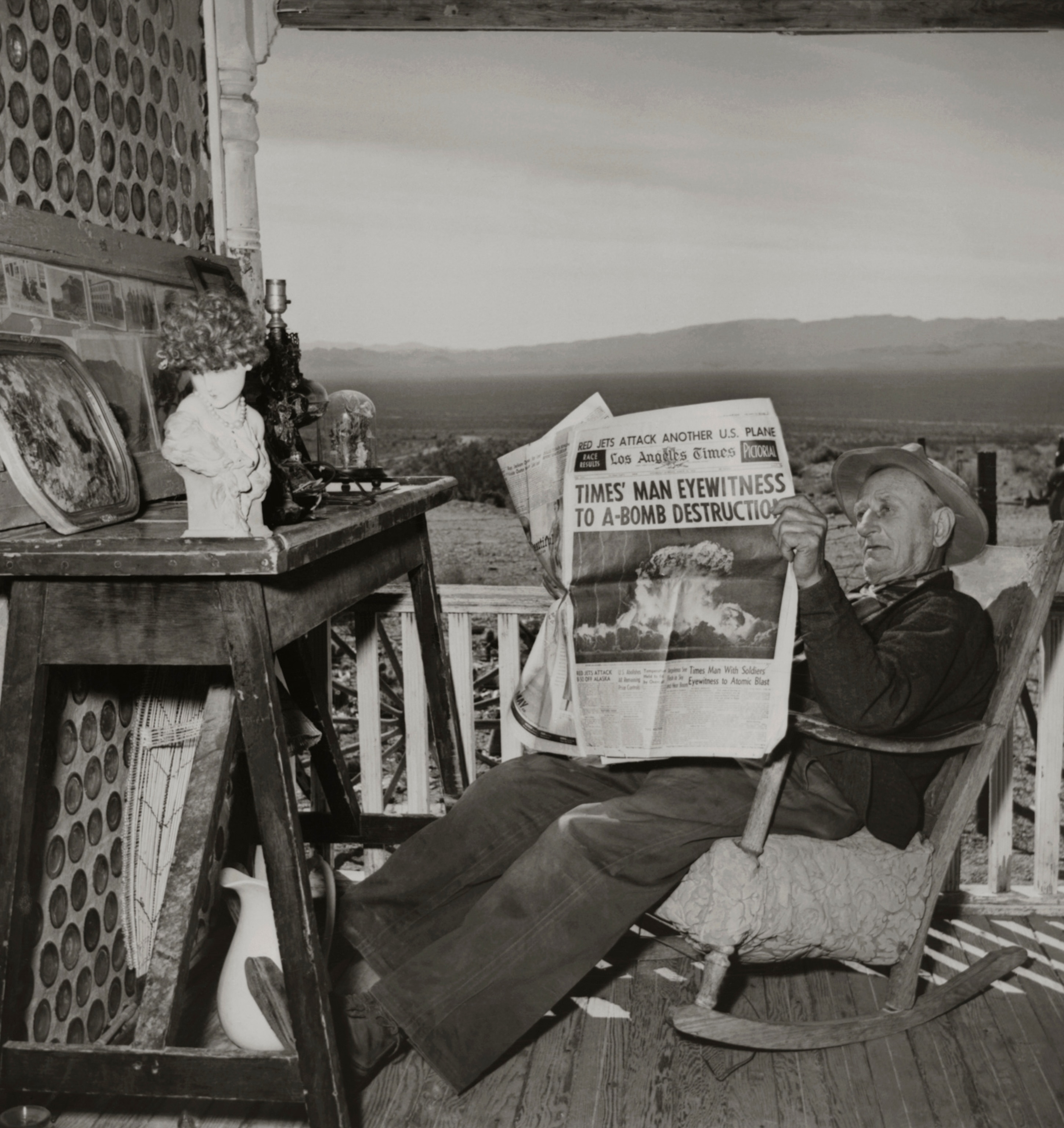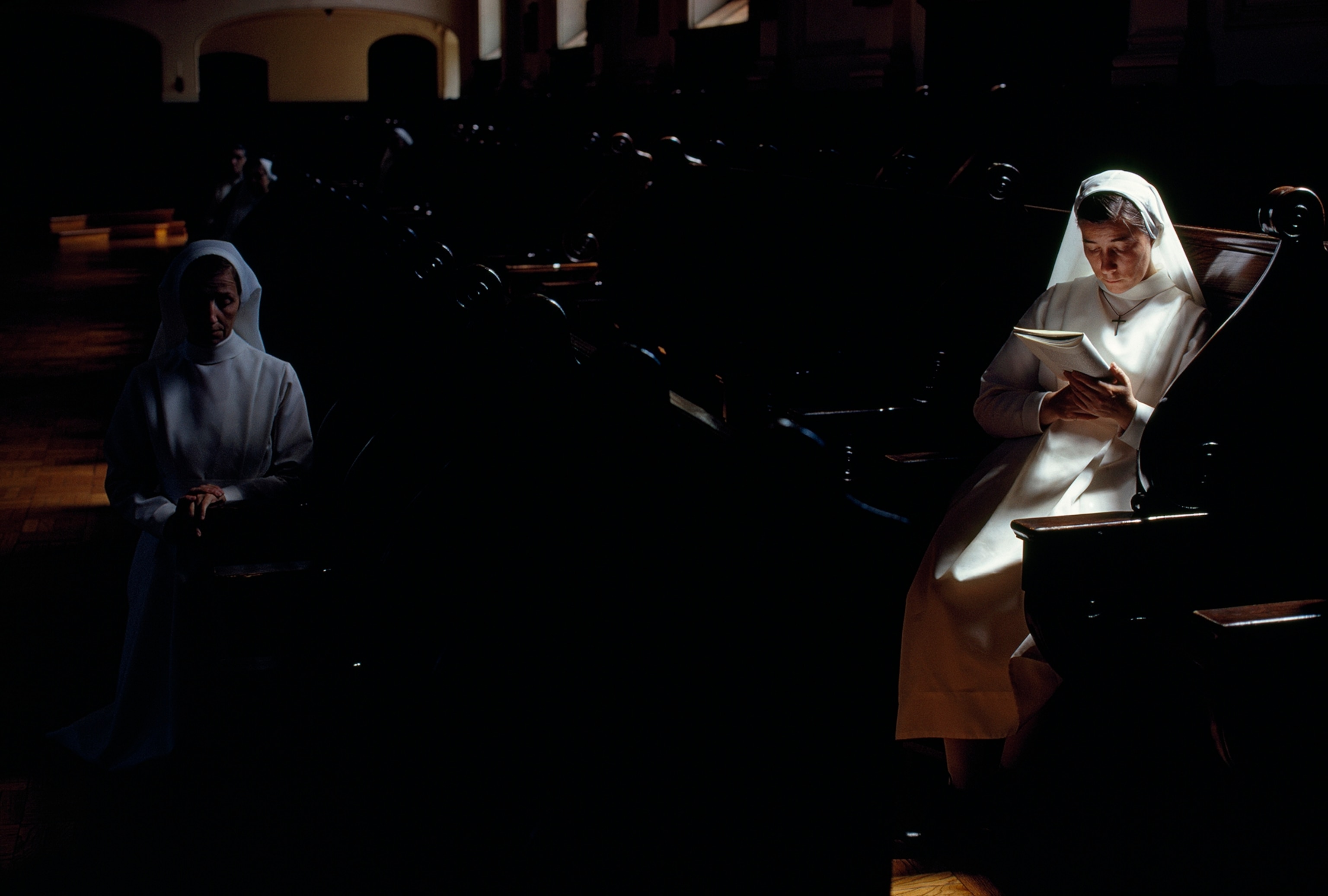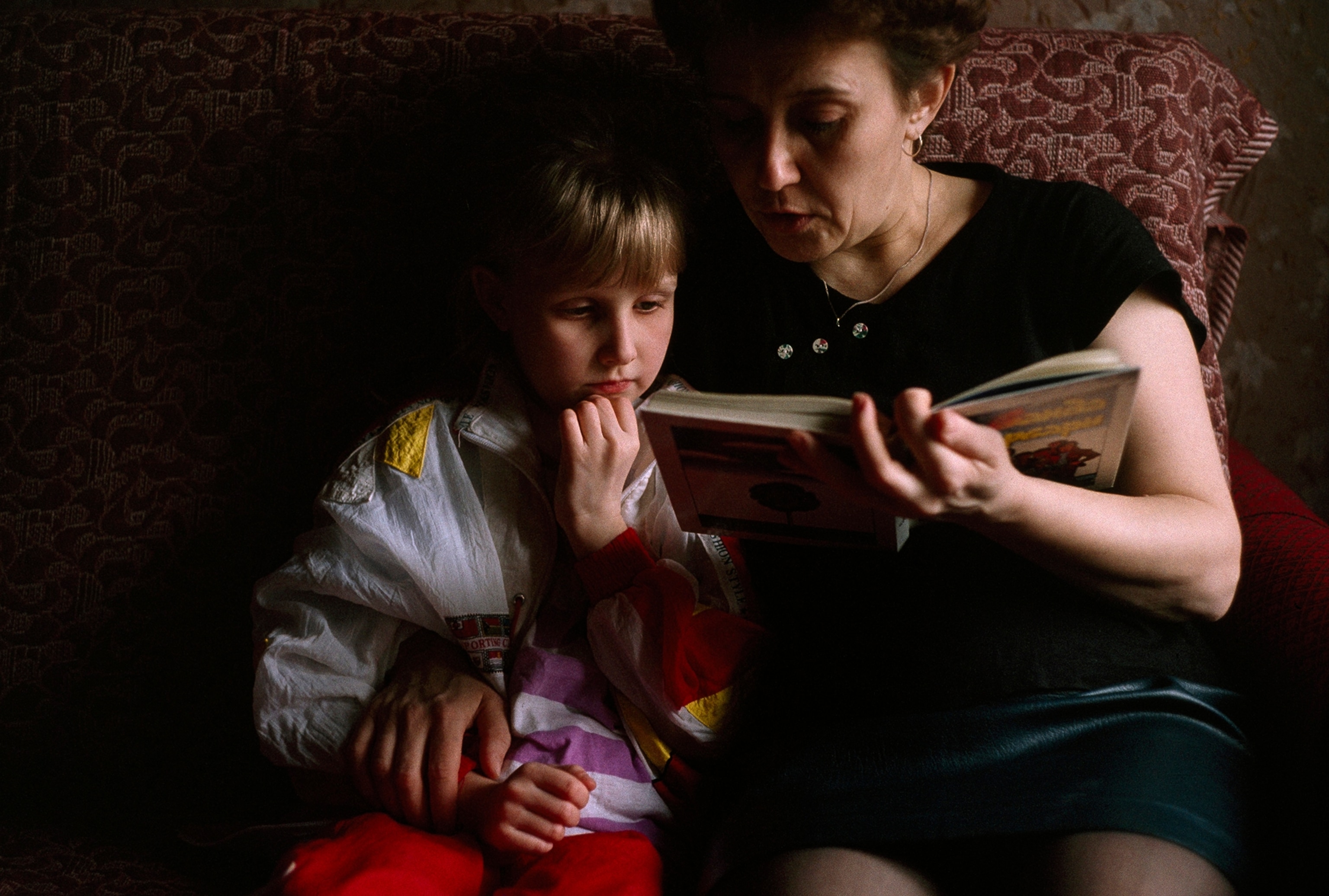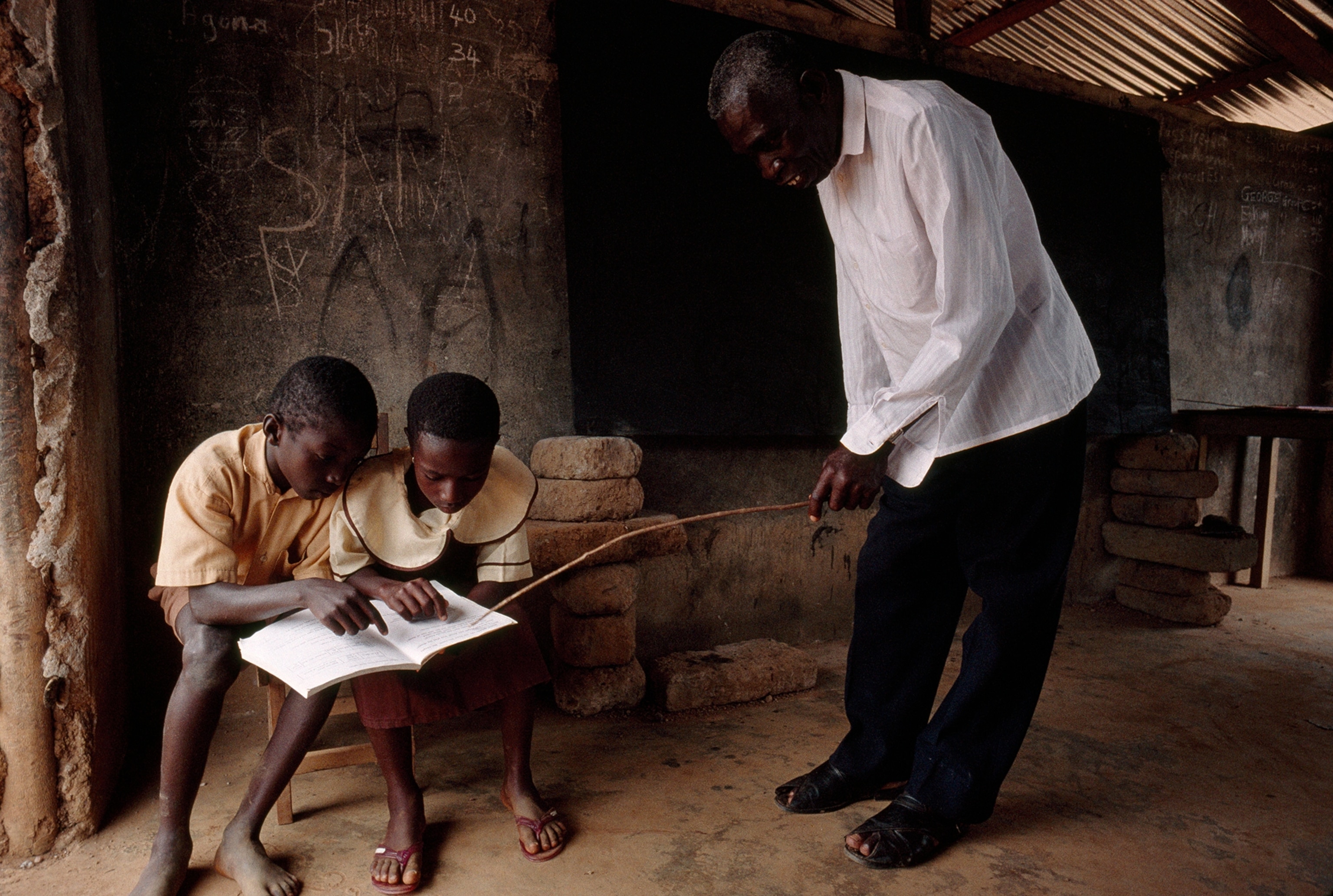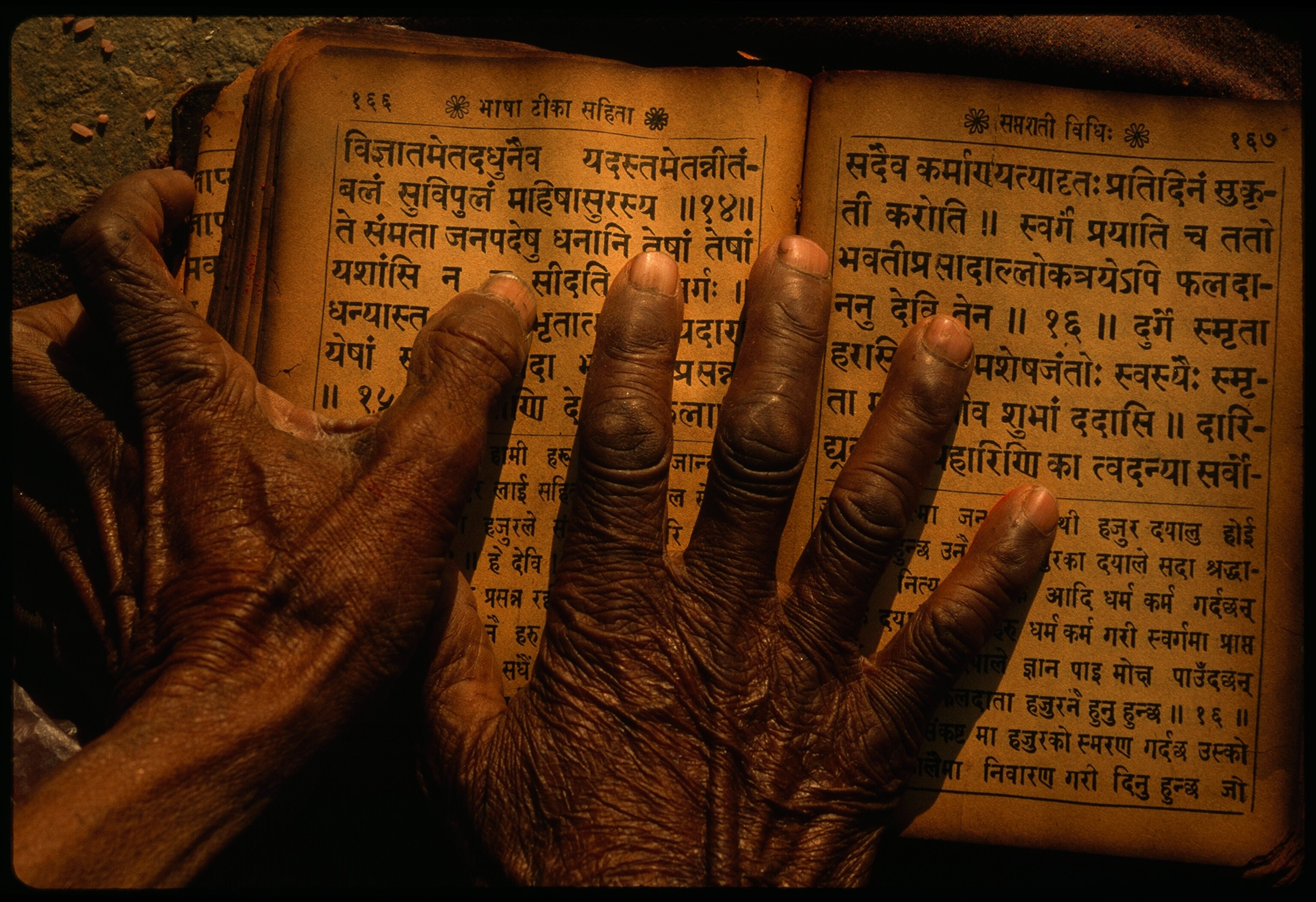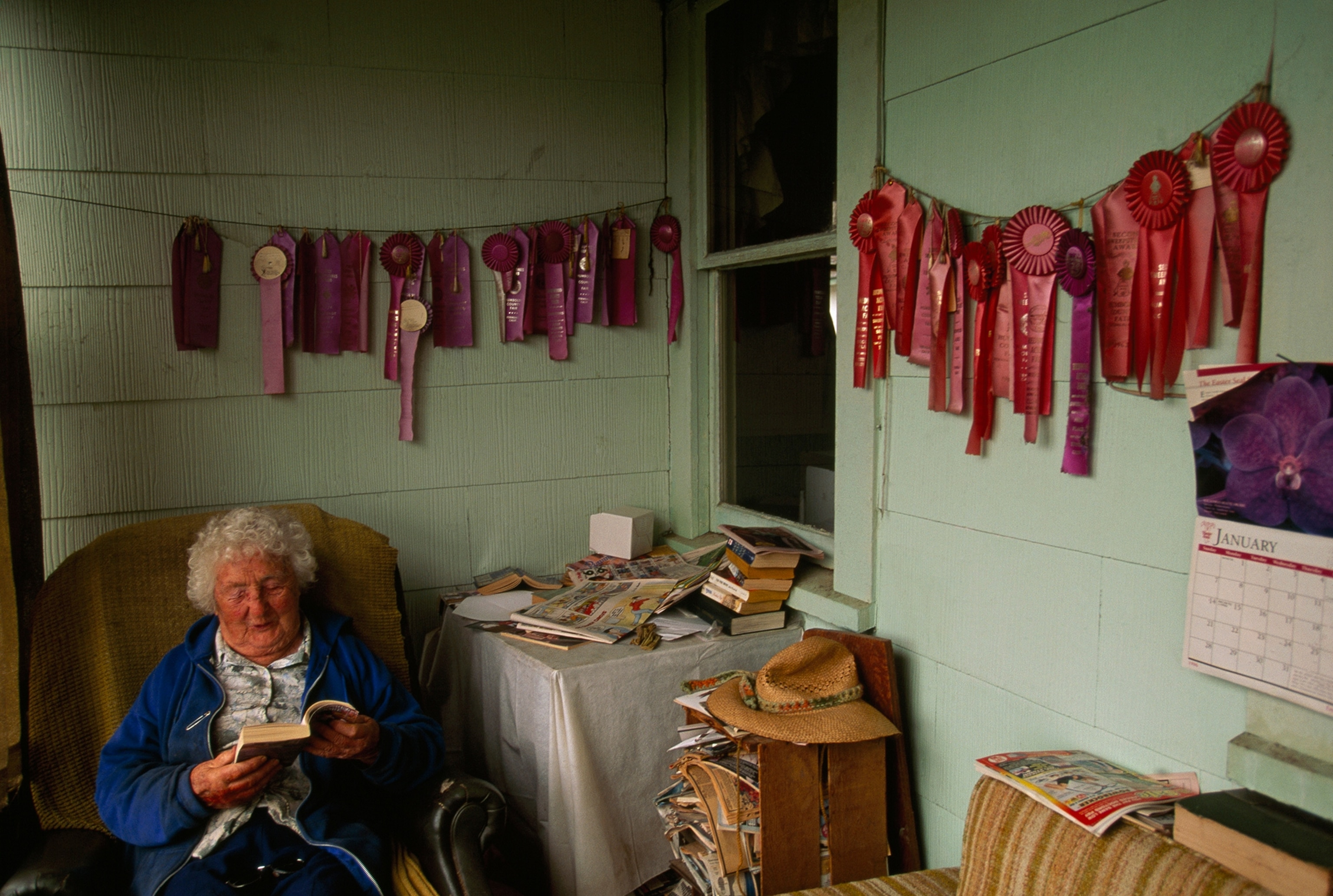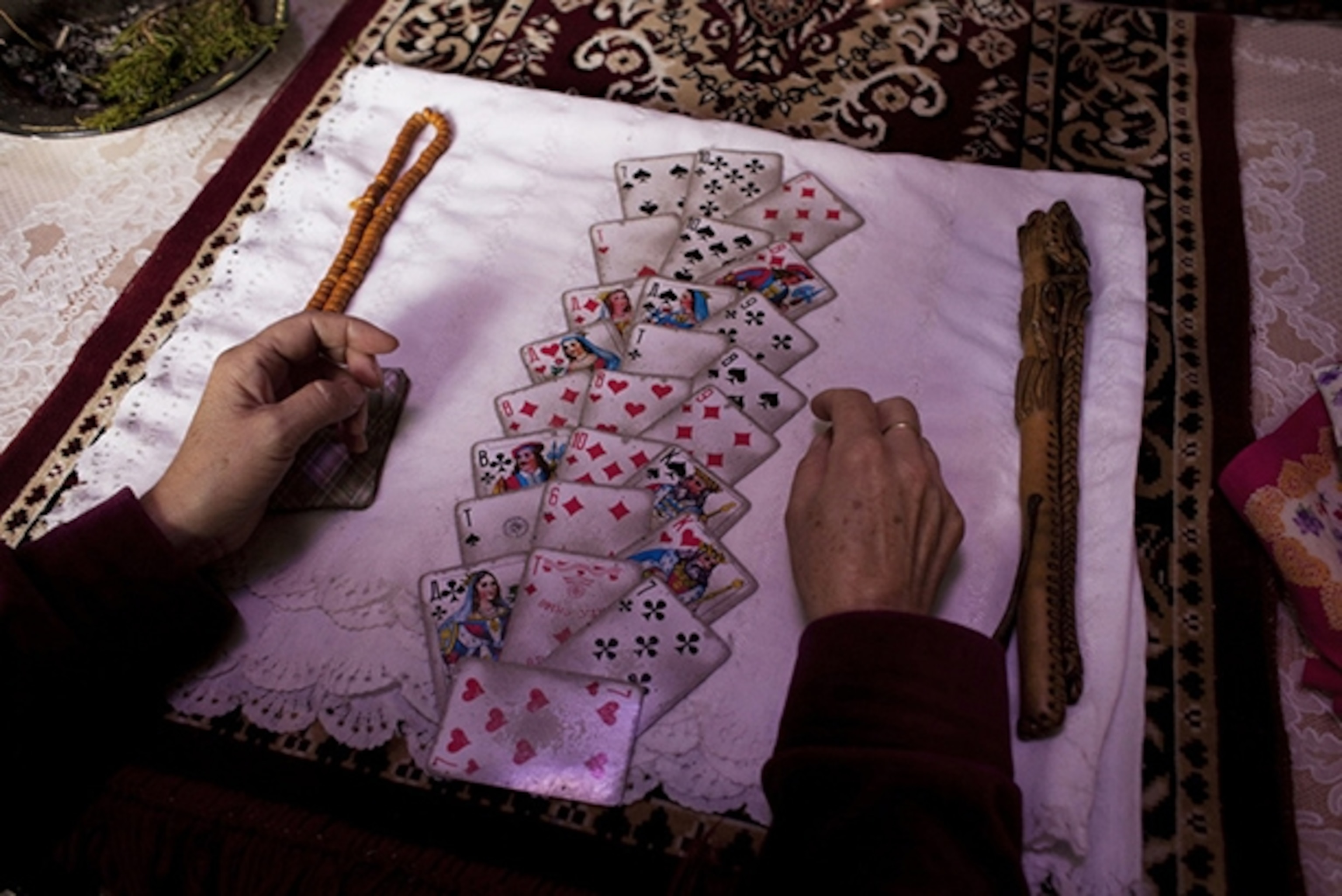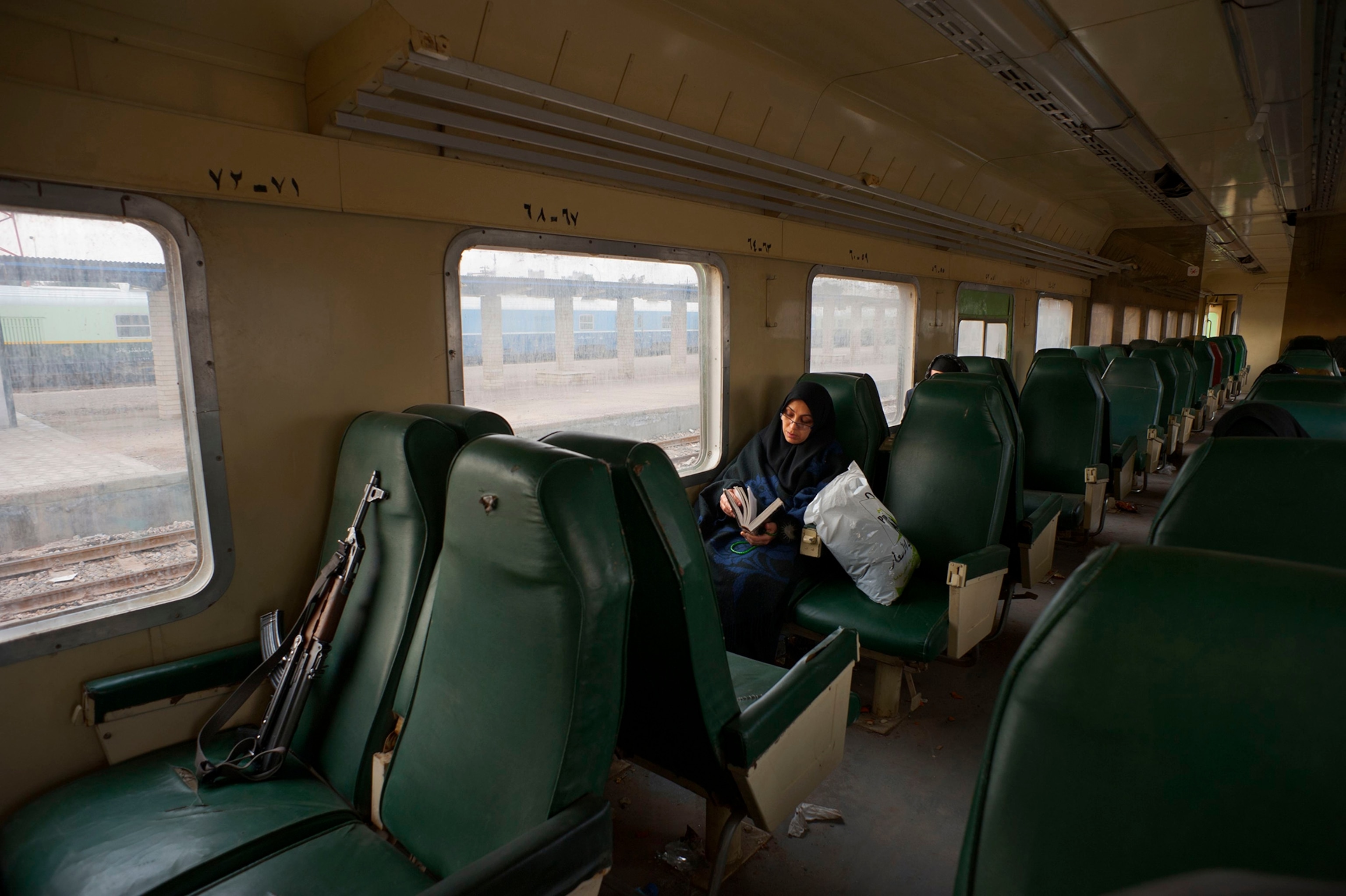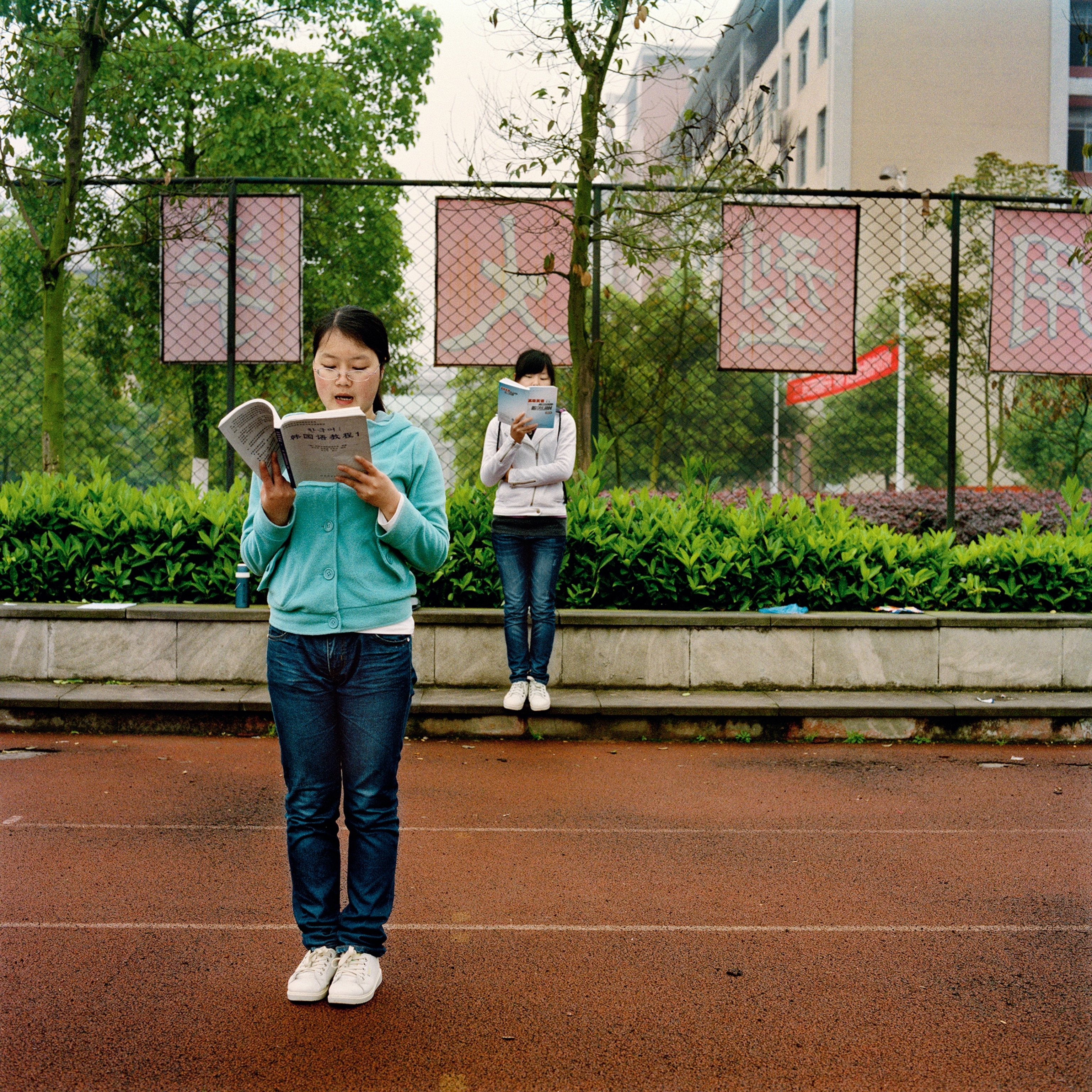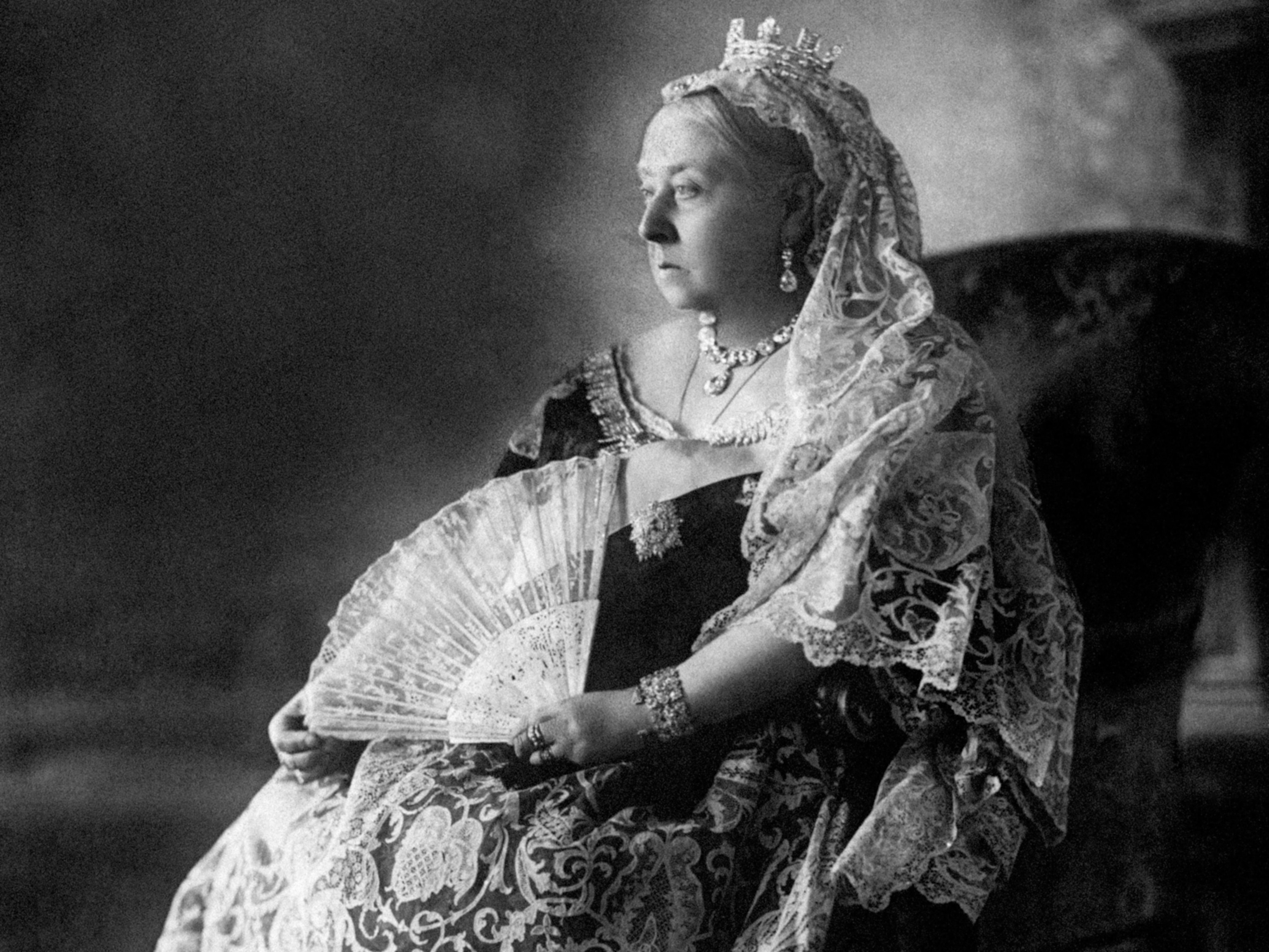Two men in Liulin, China, stand before shelves of printing blocks in 1925. Woodblock printing in China dates back to at least the ninth century, though it likely originated centuries before that.
The earliest examples of writing are clay counting symbols from approximately 8000 B.C. Several thousand years later, the Greek philosopher Socrates feared that reading and writing would destroy the practice of memorization and recitation—which is, ironically, an opinion we know he held because his student Plato wrote it down.
Because early writing mimicked speech, people read long, unbroken chains of words by sounding them out aloud. The practice of placing spaces between words in written texts evolved over time, and the act of reading silently, without speaking or moving one’s lips, was not common until later.
Now that kids worldwide have taken up their schoolbooks (or computer laptops) once again, our editors went into the archives to find images of reading captured by National Geographic photographers over the past century. (Related: "Back-to-School Pictures: Exploring Education Around the World.")—By Becky Little, Photo editing by Sarah Leen
